Hair accessories are a type of jewelry used to style and decorate hair, in ancient times they were very important decorations for women.
Talking about Chinese hair accessories, there are many types. Today, we’ll start with 4 types of hairpins that people often get confused about:
Ji 笄
Ji (笄 ; jī) is considered to be the earliest and simplest hair accessory.
It looks like a stick with or without a simple carved design on one end and a stick on the other. Often carved from a single piece of material or cut separately then assembled at the end.
This accessory is said to have existed even before civilization. During this period, Ji was mostly made from bone, stone, wood, and elephant ivory. As civilization developed, the types of materials used to make them increased, including other materials such as jade and gold.
One of Ji’s uses is to tie hair in a bun. Women and men alike can use this because in ancient China.
Ji is closely related to 笄礼 (jī lǐ), a “hair-pinning ceremony” or “coming-of-age ceremony” for young girls.
In ancient China, girls were considered adults at the age of 15 and could begin discussing marriage or engagement.
For them, the age of 15 is known as 及笄之年 (jí jī zhī nián), meaning that a woman has reached the age of 15. Describes that ancient women had reached marriageable age.
It is said that this coming-of-age ceremony was originally carried out among noble families, but over time it spread to common people.
In ancient China, boys held similar ceremonies to announce their coming of age, but their ceremonies were called 冠礼 (guān lǐ).
Zan 簪
Gradually, Ji began to include elaborate decorations on the ends of the pins, moving on to the widely categorized Zan that it is today.
When compared, Ji and Zan are two different accessories. Zan is an update of Ji and is what most people know.
Nowadays, people like to add all kinds of complicated designs to the tips of the pins, so many call them Zan (簪 ; zān).
Chai 钗
Chai (钗 ; chāi) is also a hairpin that is very similar to Zan. However, the difference is, that Chai has two separate pins at one end. The two pins will be inserted into the hair bun and are safer than Ji or Zan.
Chai is often found in Chinese poetry and literature because it plays an important symbol and is a sign of love.
When lovers are forced to separate, they often break the Chai in half, and each will keep half of the hairpin until they are reunited.
Likewise, when a husband and wife are separated for a long period, they will break the hairpin in half and leave one piece each. If they meet again in the future, they will put the hairpin back on, as proof of their identity and a symbol of their reunion.
Buyao 步摇
Buyao (步摇 ; bù yáo) is a relatively more elaborate form of hairpin, usually made of gold and often decorated with gems (such as pearls and jade) and carved designs (such as in the shape of a dragon or phoenix).
The shape of Buyao is similar to Zan, but one of its main characteristics is its dangling features, giving it the name ‘Buyao 步摇’ (lit. “shaking while walking” or “which sways with every step”).

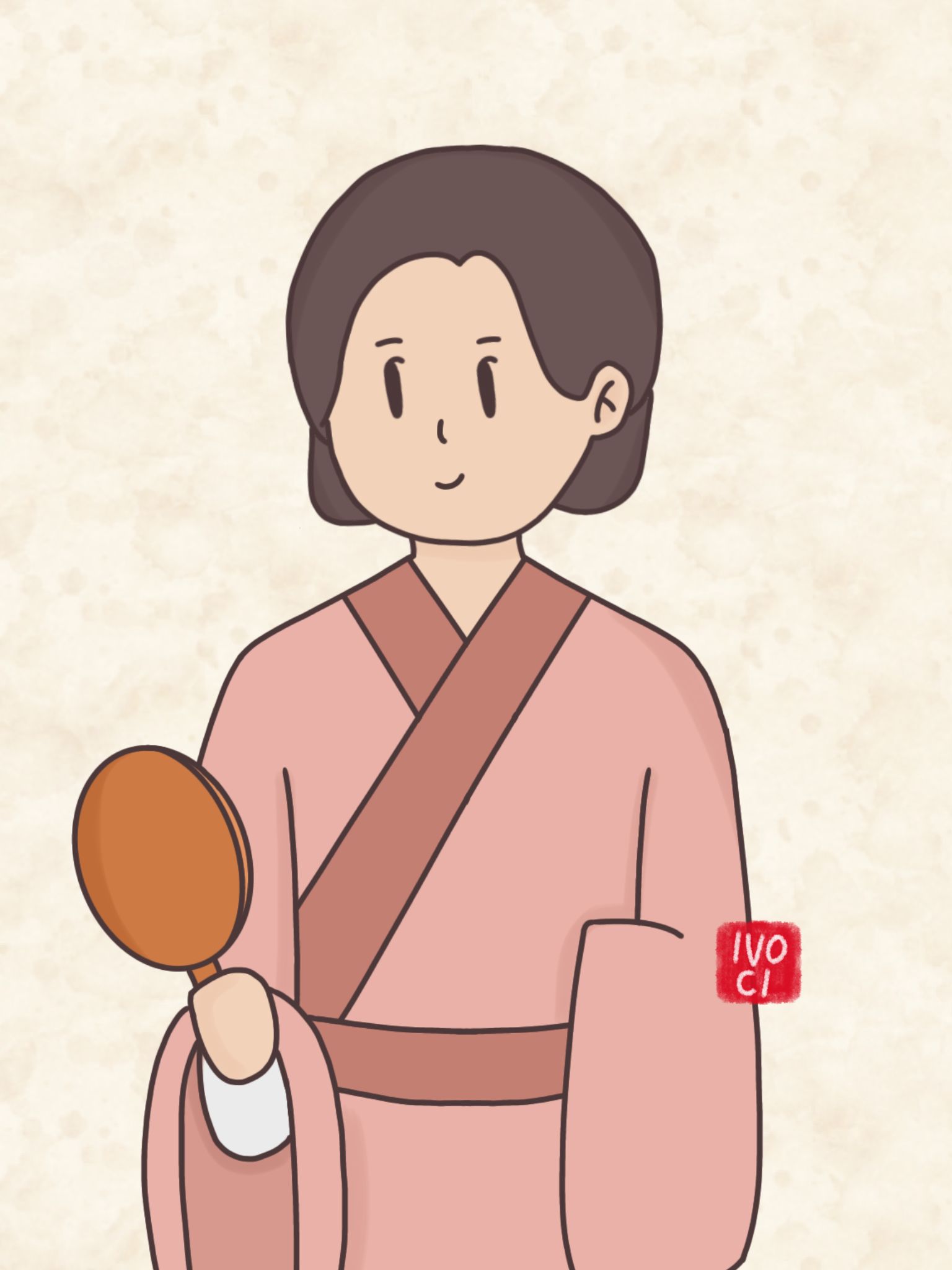
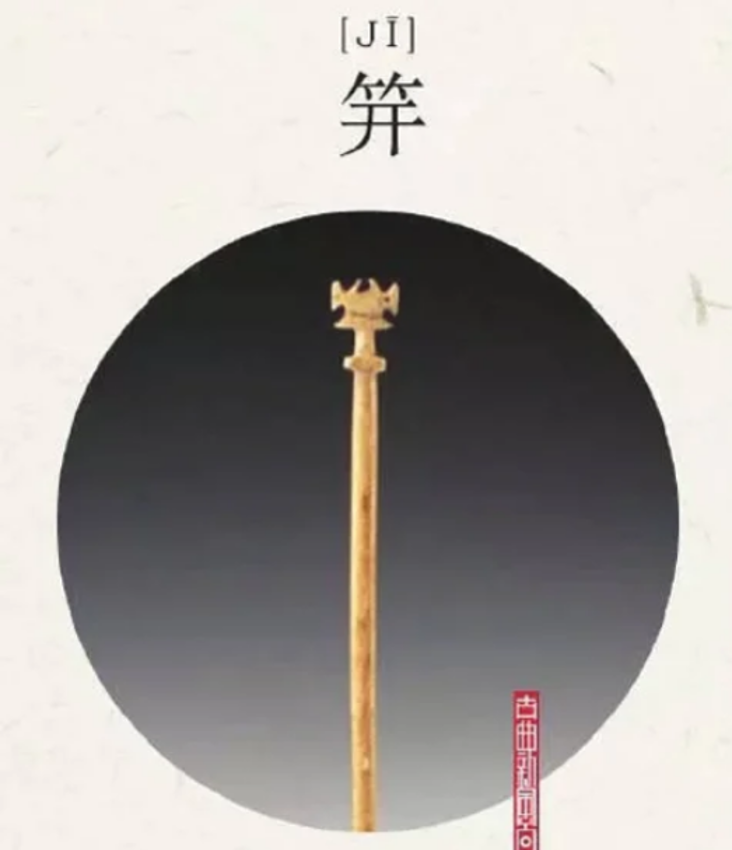
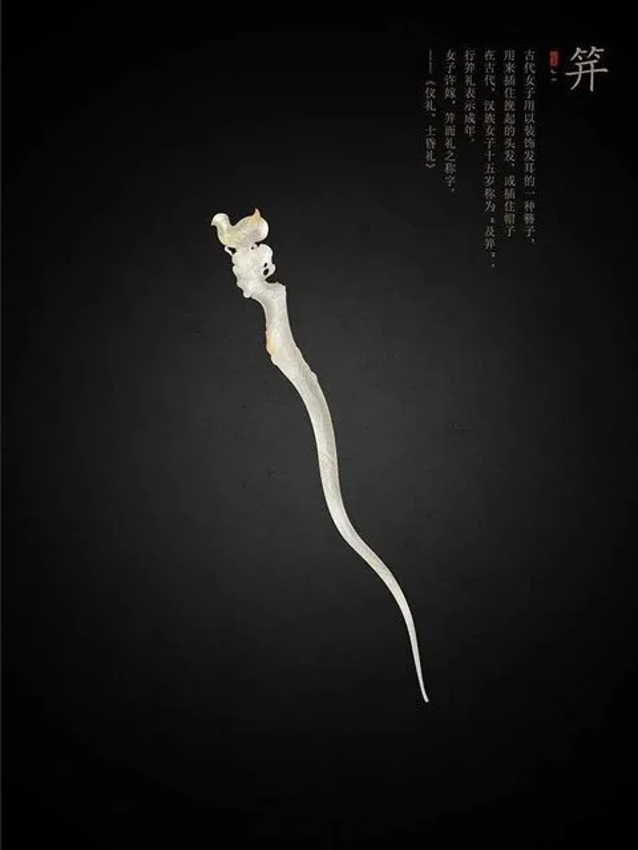
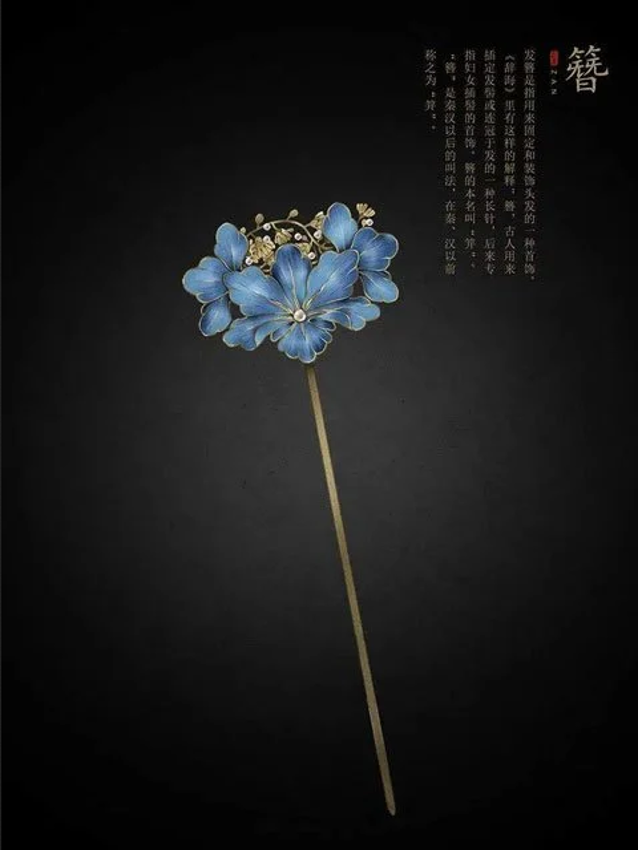
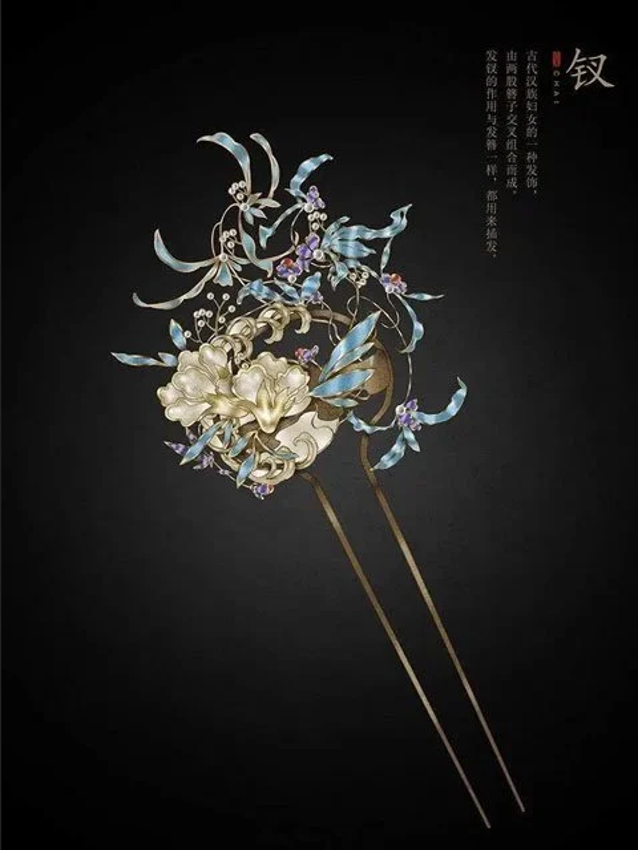
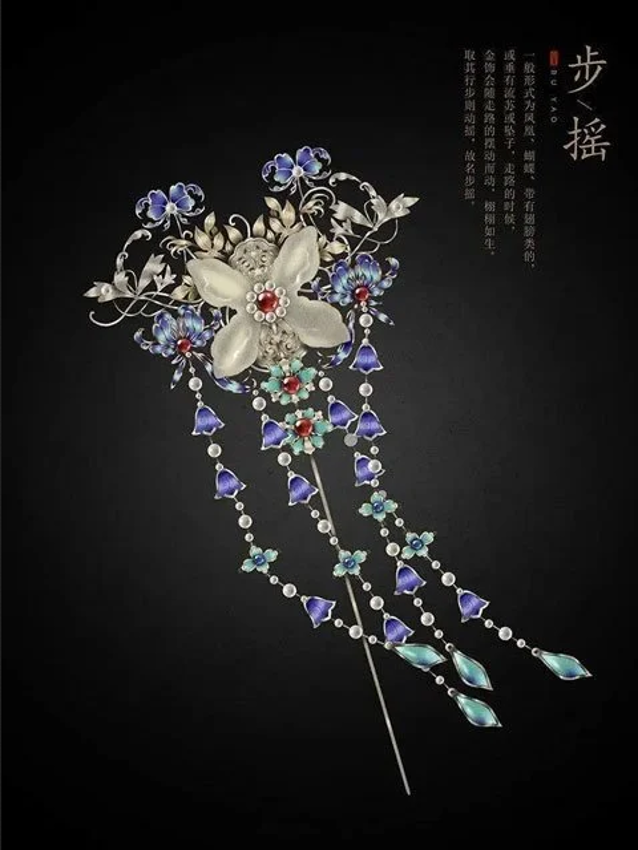
Leave a Reply